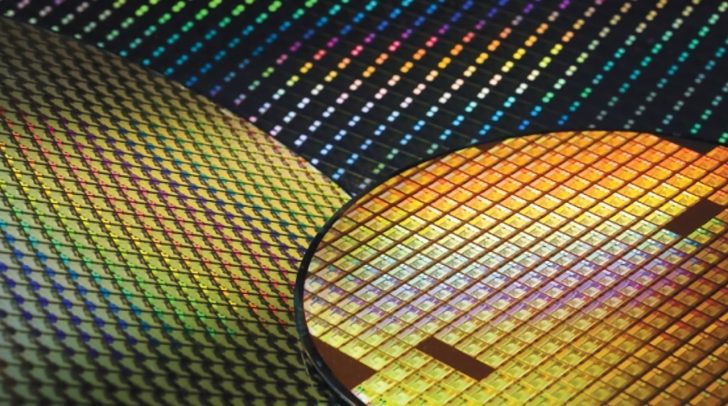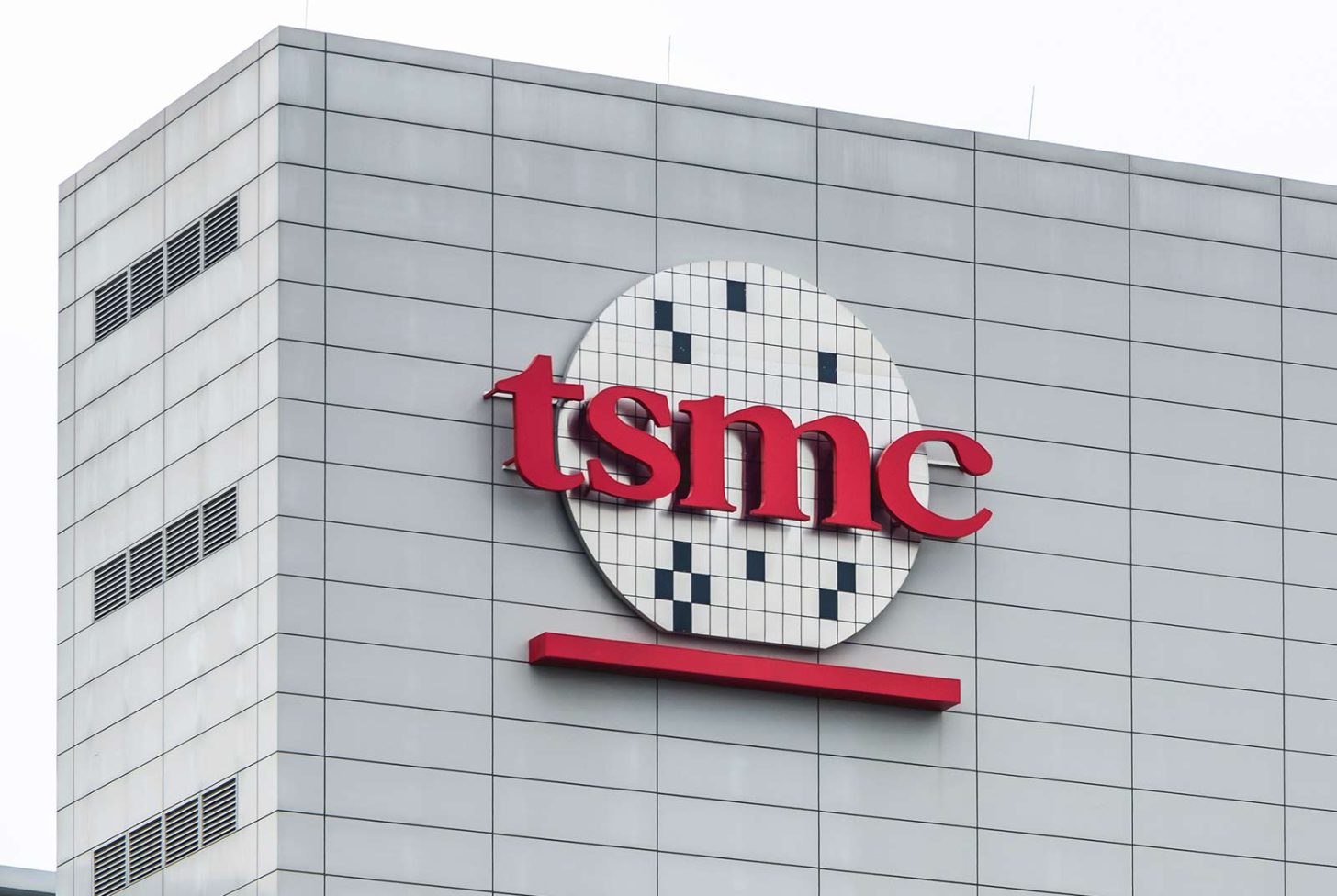A Taiwanese official has made bold assertions about TSMC’s strategic investments in the United States, claiming this move was essential to prevent rivals from gaining an upper hand in the region.
Strategic Decisions Behind TSMC’s U.S. Expansion
TSMC’s foray into the U.S. chip industry has been met with skepticism in Taiwan, with concerns about possible ‘technology transfer’ to the U.S. Nonetheless, the majority of TSMC’s clientele, including giants like NVIDIA, AMD, and Apple, are American, highlighting the significance of U.S. policies for the Taiwanese chip leader. Reports suggest that Roy Chun Lee, Taiwan’s former EU envoy, mentioned that TSMC’s U.S. investments aimed to shift the U.S. government’s focus away from Intel.
If Taiwanese people oppose TSMC’s investment in the US and demand that it remain in Taiwan, Lee Chun said that would damage the trust between TSMC and its customers, and the US might then go all out to support Intel. “We shouldn’t force others to support TSMC’s competitor.”
– Ctee (Machine Translated)
TSMC’s impact on the U.S. chip market underscores that the company’s investments were deemed ‘necessary’, given the preference of American customers for a stable supply chain. Discussions around TSMC’s significant $165 billion investment began during the Biden administration, with a vision to leverage the semiconductor sector’s interest in U.S.-based production. Another underlying reason for TSMC’s substantial investments was to mitigate Intel’s prominence.

Implications and Future Plans
Had TSMC opted out of U.S. investments, the company would have faced significant tariffs, pushing firms like NVIDIA and Apple to explore internal solutions. With Intel being the sole alternative capable of manufacturing advanced nodes in the U.S., TSMC’s American expansion challenges Intel’s ambitions, relegating Intel from primary to alternative status in the chipmaking arena.
TSMC’s ventures in the U.S. have been remarkably successful, with intentions to progress towards cutting-edge node production, including the A16 (1.6nm). The company also plans to establish additional facilities to meet its clients’ demands.
